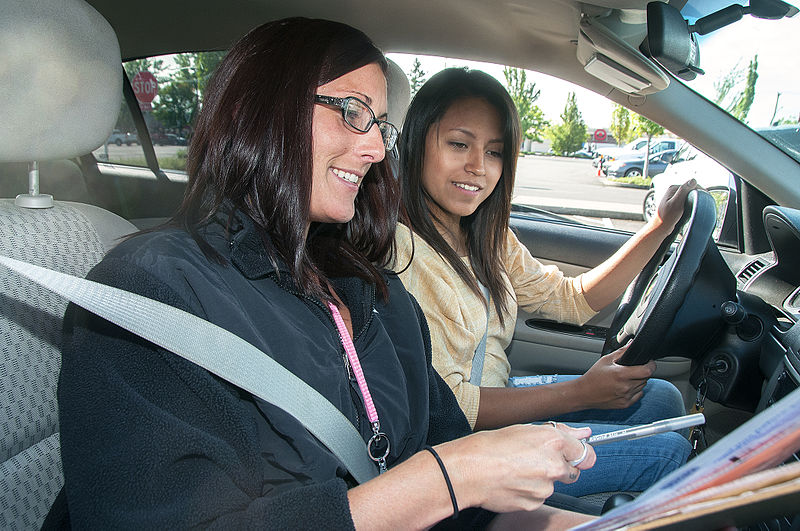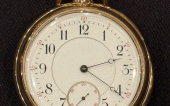
New data from the DVSA reveals that the average pass rate for driving theory tests has plummeted to an unprecedented low of 44.2%. This marks a significant decline, with the pass rate
having dropped by nearly a third since 2007/08 when it stood at 65.4%. The test has grown notably more challenging over the years, contributing to this decline in pass rates.
Around 15 years ago, average pass rates ranged between 60% and 65%, but changes implemented a decade ago, such as an increase in the number of questions and the withdrawal of interpreters, led to a sharp fall in pass rates to around 50%. One of the most impactful changes was the decision to cease publishing new theory test questions online or in practice papers.
The AA Driving School has also conducted an analysis of DVSA data, revealing a considerable variation in pass rates among different regions in the UK. Test centres in Scotland dominate the list of locations with the highest pass rates, with Aviemore topping the list at 73.5%. Conversely, learners taking their theory tests in Hornsea, Yorkshire, face an average pass rate of just 23.6%.
The AA Driving School has launched a theory test app to aid learners in preparing for the challenging test. Camilla Benitz, Managing Director of AA Driving School, commented on the situation, stating, "The theory test pass rate went up briefly during the pandemic when fewer people were taking it, but it's now lower than ever."
The difficulty of the theory test has become such a concern that one in five learners believes they would fail if they had to retake it. Key areas of struggle for drivers include road signs and stopping distances, with many drivers encountering road signs they do not understand, and knowledge of stopping distances diminishing as speed increases.
The theory test, introduced in 1996, costs learners £23 to take and is considered a vital step in the process of obtaining a driving license. Photo by Oregon Department of Transportation, Wikimedia commons.


































